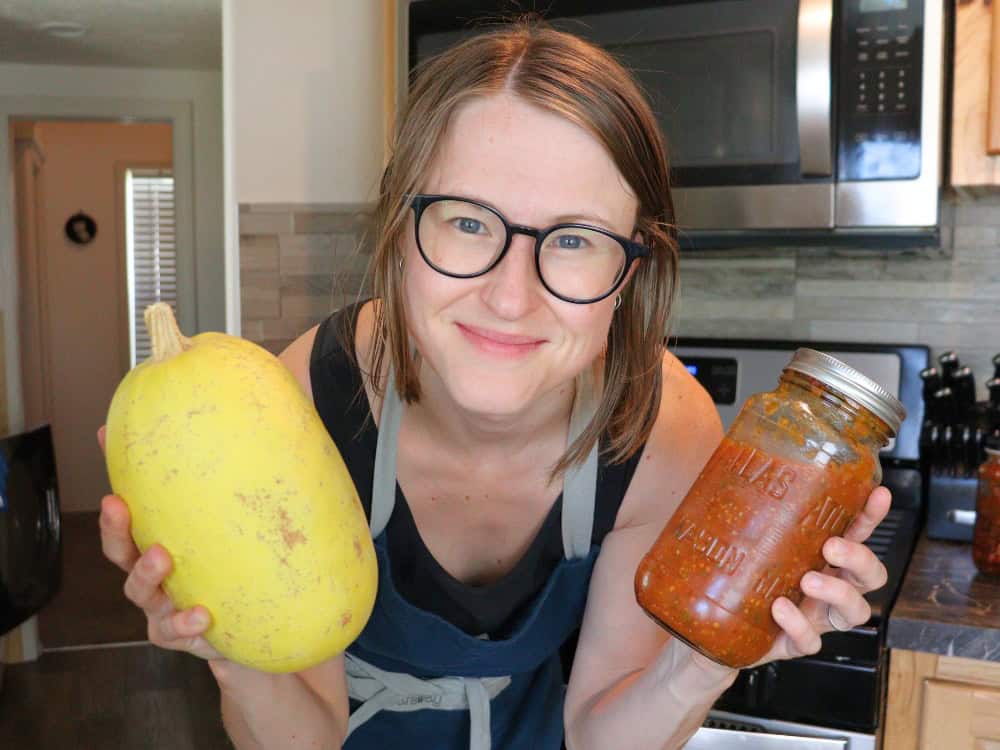
How To Preserve Food: 9 Food Preservation Methods For Scrumptious Self-Sufficiency
Not to ruin your appetite, but food waste is a big problem— as in, 2.5 billion tons per year big—which results in over $1 trillion dollars of wasted money, 30% of wasted agricultural land, and 8–10% of global greenhouse gas emissions.
Learning how to preserve food at home is one of the easiest food waste solutions, ensuring you and your family have healthy, whole foods on hand.
And by preserving food, we don’t mean with chemical preservatives. We’re talking about tried-and-true food preservation methods that have been around for centuries—long before the refrigerator made us lazier than leftovers for dinner.
As avid gardeners here on our backyard homestead, we use all of these to some extent, so using our own experience and that of experts, we’ve crafted this complete guide to help you save your scrumptious surplus for another day (or year!).
The Full List of Ways To Preserve Food
1. Freezing
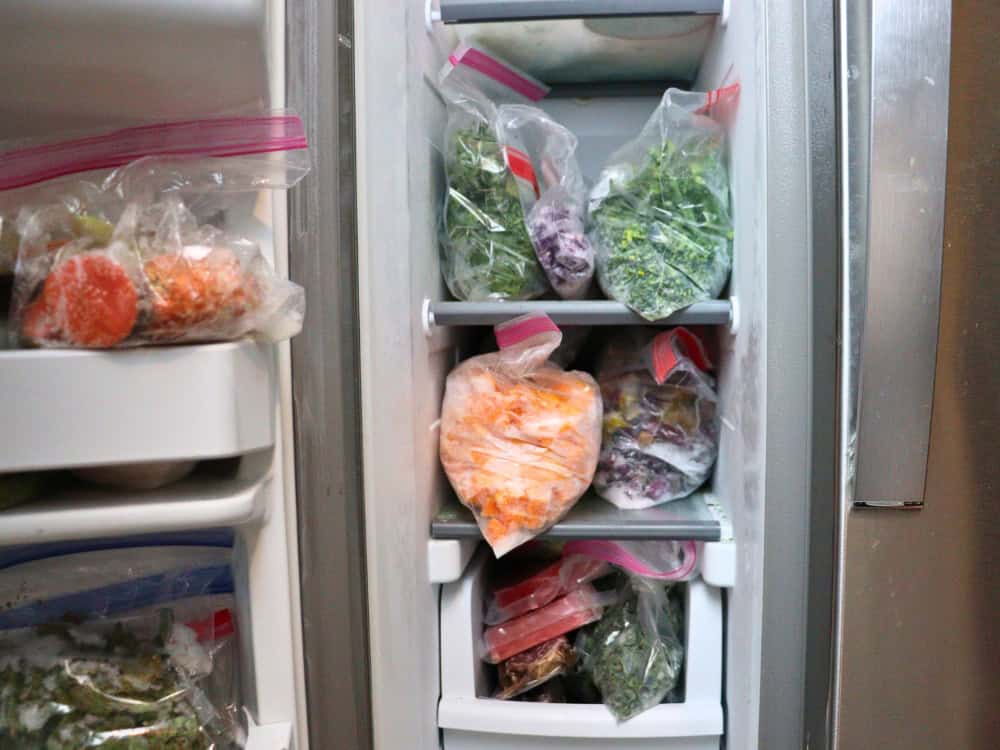
We’re not here to knock the power of modern technology, because one of the safest, easiest, and all-around best ways to preserve food is simply to freeze it because it halts the growth of mold and bacteria on food. Properly frozen food can be stored for months even years.
Most types of foods freeze exceptionally well, but there are a few exceptions.
Cream-based items (yogurt, cream, custard, sour cream) or produce containing a lot of water (celery, lettuce, radish, cucumber, and melon) won’t do well in the freezer. While you can certainly freeze celery for things like soup, don’t thaw it expecting to make ants on a log for lunch.
Some cooked foods may also deteriorate after time spent in the freezer, like cooked rice and noodles. Even meat can get the dreaded “freezer burn” if left frozen for too long or not sealed properly.
The ease of freezing make it perfect for those who aren’t fans of DIY projects and multi-day food prep, but there are a few best practices on how to freeze food you should follow:
- Know what to freeze (and what not to).
- Prepare greens and starchy vegetables by blanching to fully stop the ripening enzymes before freezing. Simply cook your vegetables in a pot of boiling water for 1 to 5 minutes, then plunge them in a bowl of ice water for the same amount of time. Drain the water, pat dry, and freeze.
- Add lemon juice (ascorbic acid) to fruits to help preserve flavor and texture.
- Fully seal in durable packaging that is air-tight and moisture-resistant. We typically prefer plastic-free food storage, but sometimes we have so much surplus that we run out of reusable silicone bags and have to revert to these, which we try to wash and reuse if they’re still in good structural shape.You can use glass jars, but be careful not to fill them too full, or the expansion of water in the freezing process will cause them to break.
2. Pickling
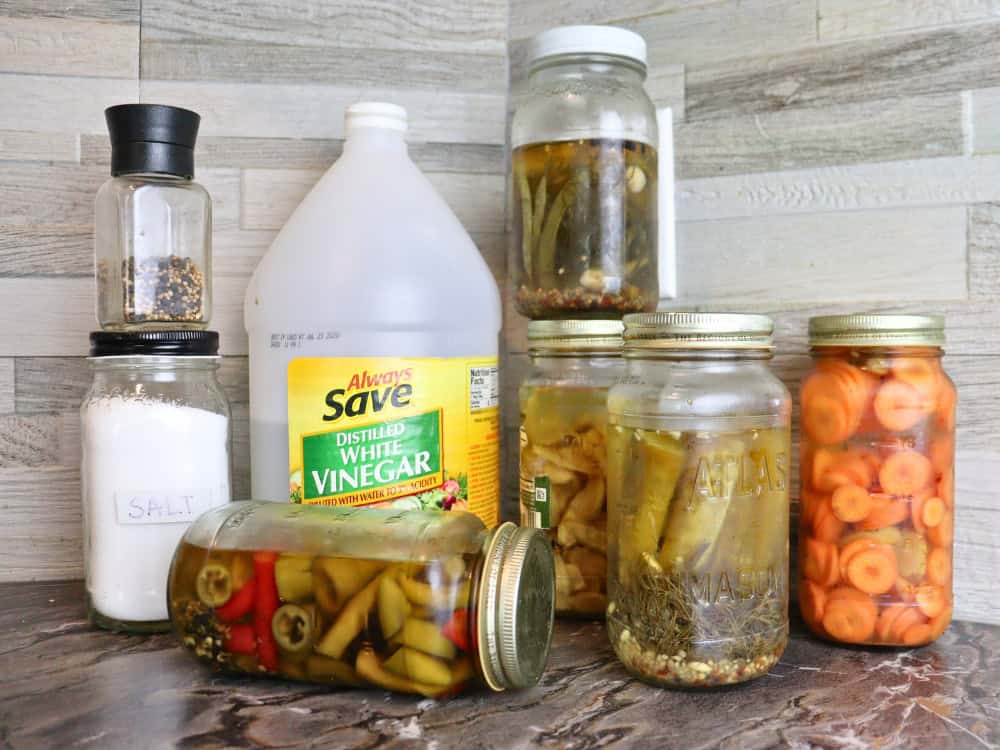
In a pickle over how to preserve food without refrigeration?
Try pickling! This is a super versatile method that’s been around since the Mesopotamian era and works on many different types of food, not just pickles (AKA cucumbers). Trust us, we pickle everything—ginger, carrots, green beans, olives, garlic, eggs, jalapenos, you name it, and we have a jar of it pickled in the pantry.
Pickling is essentially a type of fermenting achieved by soaking foods in an acidic liquid (whereas fermentation involves a chemical reaction between sugars and bacteria). Here’s how to do it:
1. Gather up some clean mason jars. We upcycle any old jar and combine these with fresh canning lids to ensure we get a good seal.
2. Wash, cut, and peel your produce if necessary. Vegetables like radishes and green beans can be pickled whole, but the produce absorbs the brine easier if cut into smaller pieces.
3. Add the produce to your jar along with your chosen combination of spices. Our favorite is fresh dill (a must), black peppercorns, mustard seed, fresh garlic, and (if we want to add a little spice) chili flakes or fresh jalapeno slices.
4. Create your brine by combining equal parts water and white vinegar in a pot with cane sugar (⅛ cup per 1 cup of vinegar and 1 cup of water) and salt (1 tablespoon). You can alter these salt and sugar ratios slightly to taste. For instance, if you don’t like sweet pickles, add a little more salt and less sugar.
5. Bring the mixture to a boil and ensure the salt and sugar are fully dissolved before pouring into your jar. Be sure the brine fully covers your produce but leave about 1⁄2” of ‘headspace’ at the top of the jar and seal. Leave it to sit for a minimum of one week to allow the produce to absorb the flavors.
3. Fermenting
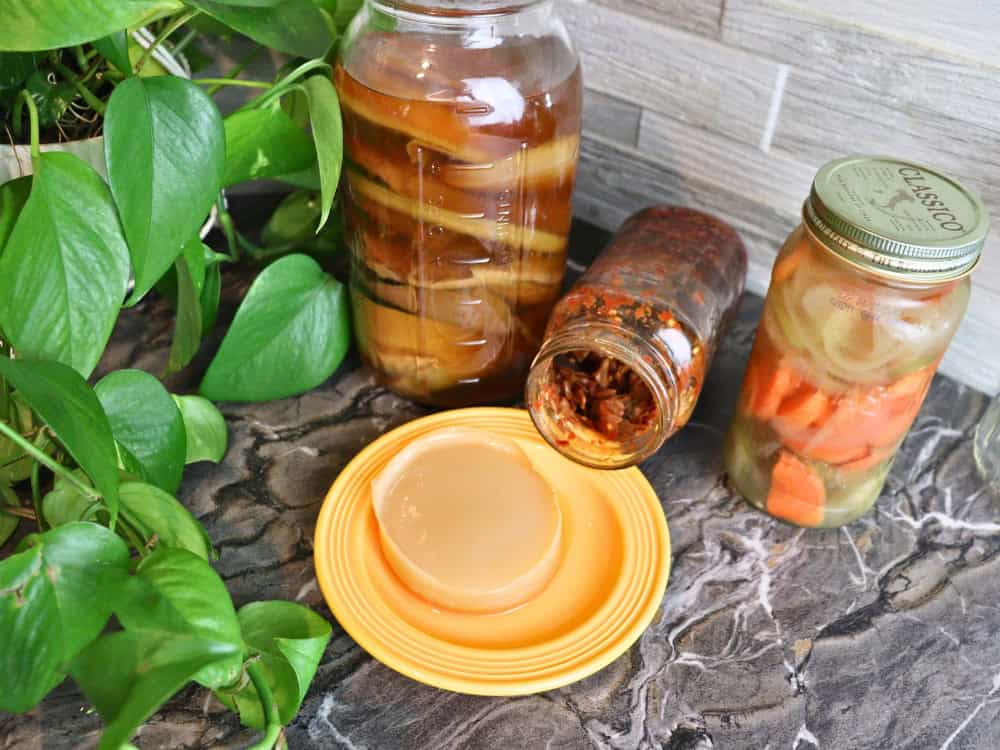
Once you get comfortable with pickling, try fermenting, one of the more complicated methods of food preservation.
This is because, when we ferment foods, we induce bacteria to react in a way that is naturally present in our environment with the sugars inside or added to food. A lot of variables have to be just right, and because bacteria is involved, food can end up pretty unsafe if not fermented properly.
But when it is, you get food that’s not only delicious and safe for long-term storage, but full of gut-healthy probiotics.
Here are some common fermented foods you can make (some of which are easier than others):
- Sourdough bread: You might have known your favorite type of bread is actually a product of fermenting a combination of rye and white flours. Making sourdough is one of the most satisfying ways to get into fermentation, but it is time intensive. Baking time aside, you’ll need to feed your sourdough starter twice a day to keep it healthy and active (or once a week if you bake less often and store it in the fridge in between like we do).
- Kombucha: Kombucha is tea fermented by feeding added bacteria sugar and fruit juice into a fizzy, probiotic beverage. It doesn’t exactly preserve food, but you can use all kinds of food scraps to flavor kombucha. This was our introduction to fermenting and now, four years later, we’re still brewing consistently.
- Kimchi: If you love Korean cuisine as much as we do, take all that cabbage from your sustainable garden and turn it into a delicious spicy addition to stir fries, wraps, and more with this recipe.
- Lacto-fermented vegetables: These are made in a process similar to pickling food preservation, except you’ll forgo the sugar and vinegar in favor of just salt and water (3 tbsp per 1 qt). Simply cover your mixed vegetables (like cauliflower, onion, bell peppers, and carrots) in the salt water, leave to sit at room temperature, and burp (open the jar to release gasses) once a day until they reach the desired flavor. Then refrigerate to slow the fermentation process.
4. Dehydrating
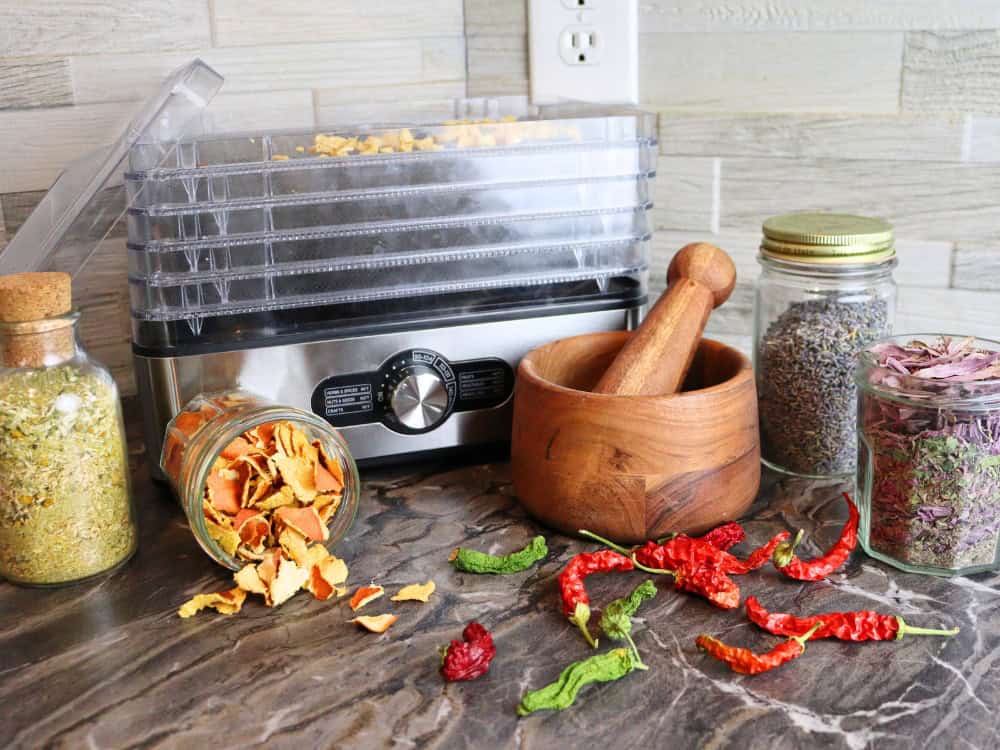
Dehydrating is perhaps our personal favorite way of preserving food because it’s so easy and most dried foods last for years and years.
Plus, there are multiple ways to dehydrate foods, both with and without fancy tools. For herbs, simply bundle them together and hang in a dry, sunny place. Once dry, grind them up using a mortar and pestle and store in jars. This is how we turn all our fresh garden herbs into cooking spices and teas.
We prefer these natural drying methods to conserve energy where we can, but for more moisture-rich things like garlic, fruit, and beef jerky, we use a simple, inexpensive 5-tray dehydrator
You can also dehydrate using an oven on low heat for a couple of hours, but be wary, as it’s very easy to overcook and ruin your produce this way.
5. Canning
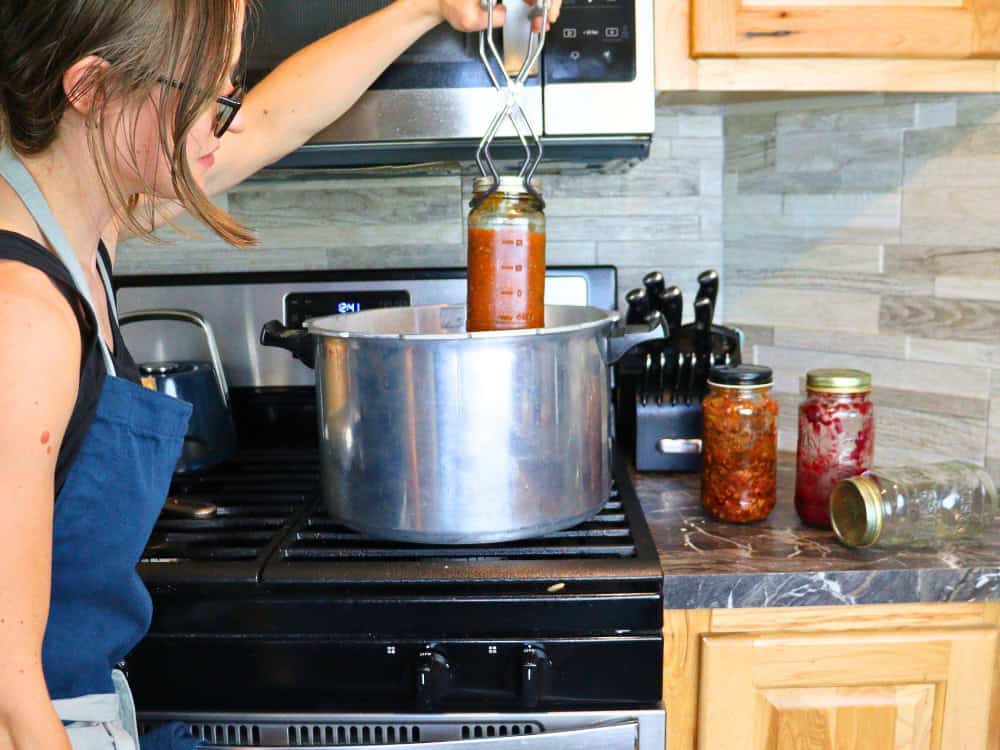
If you’re looking to learn how to preserve food for years, get into canning. It works by heating foods in jars to a temperature that kills microorganisms that could pose health concerns, while also inactivating enzymes that cause food spoiling.
On the downside, safe canning food preservation requires research and some specific tools, because unsafe canning can lead to botulism, a dangerous type of food borne illness caused by botulinum bacteria. We recommend you take the time to familiarize yourself with the process and buy any appropriate tools so that you don’t put yourself at risk.
The easiest way to can food is the water bath method—which refers to canning by placing jars in an open pot of boiling water. However, this is suitable only for high-acid foods like fruits (so it’s good for preserves and jams). It is not safe for meats or low-acid produce like tomatoes, since botulinum thrives in low-acid environments.
Pressure canning is the only way to safely can such foods, but does require a pressure canner—which is essentially a large stock pot with a heavy-duty locking airtight lid that can withstand pounds of built-up pressure.
It involves lots of other specifics (like different times and pressure requirements for different types of contents and different altitudes at which you are canning) so do your research before getting started.
We love our pressure canner, but it took time to get confident with this method, and even now, we live by the Presto canning guide to remind us exactly how to can different things.
6. Juicing

Let’s face it: sometimes we just forget about something in the fridge for just a little too long. It happens, but just because food loses form to the point that we wouldn’t necessarily want to eat it raw, doesn’t mean it’s no longer edible.
If you have a juicer or blender, give those soggy cucumbers or dried out carrots (our favorite!) another couple weeks of life simply by juicing them to drink or blending them for use in smoothies and soups.
7. Curing Or Salting
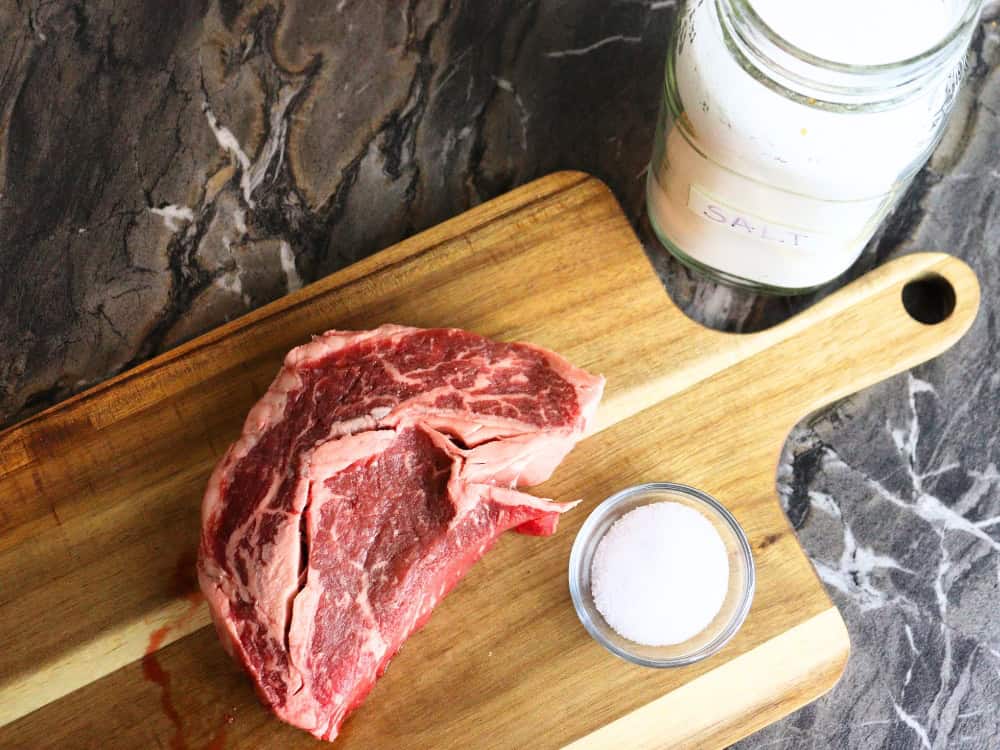
Curing can mean two different things when it comes to food preservation.
First, one can ‘cure’ certain vegetables as a means of preparing them for longer storage through the winter.
For example, winter squash and pumpkins are some of our favorite annual garden harvests. We cure these by setting them out in the sun (or any warm, well-circulated place) for 10 to 14 days, after which they last without any other means of preservation through the whole winter—which means fresh pumpkin pie and butternut squash soup on demand.
Curing also refers to how to preserve food (namely meat) with salt, sugar, nitrite and/or nitrate, which minimizes moisture and takes away conditions required for bacteria to grow.
While there are more specifics to learn if you plan to try it, the ingredients are rubbed directly onto the surface of the food, dissolved in water to create a brine, or injected as a brin into the muscle of large cuts of meat.
8. Storing In Oil
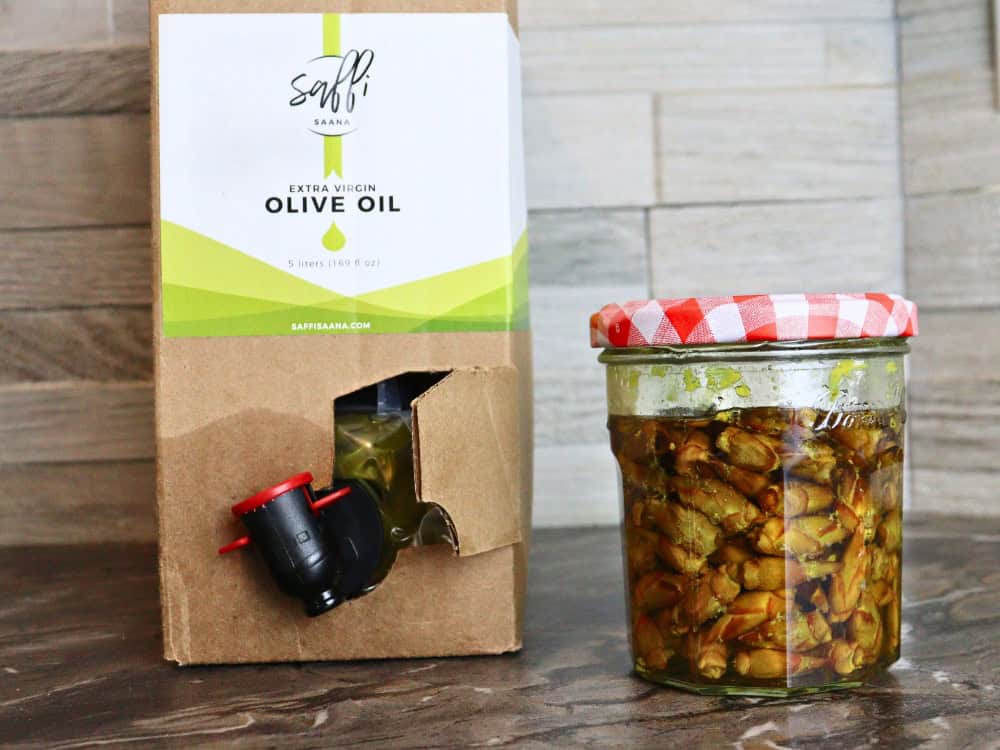
Preserving food in oil can be a delicious way to enhance flavors and extend shelf life, but this trending method also deserves to be treated with caution. While oil creates an oxygen-free environment that inhibits bacterial growth, it also provides an ideal setting for botulinum bacteria (especially when combined with low-acid and high-moisture foods like garlic).
The best way to preserve food in oil is to freeze it. Add fresh herbs and olive oil to ice cube trays and freeze into convenient blocks all ready to be added to the frying pan.
You can also submerge food in oil in the refrigerator, but use it within a couple of weeks and be sure your items must be completely covered in oil. Anything sticking out may mold. If you’re struggling with items floating to the top, add a pickle pebble or fermentation spring to weigh your food down.
9. Storing Properly

Make no mistake, sometimes the best food preservation method doesn’t require any special method at all. Just like keeping produce fresh, simple alterations to your storage solutions can help certain types of items keep completely unprocessed for up to months at a time. Here are some tips:
- Store potatoes in a dark, cool, and dry location to prevent rotting or sprouting.
- Onions should be stored whole at room temperature in a well-ventilated container, such as a wire basket or open paper bag. We use hanging mesh bags specifically designed for onions.
- Whole heads of garlic should be kept in a cool, dry place with good air circulation. Never store garlic heads in the fridge, or else the moisture will cause them to rot.
- Most pepos (produce with a hard rind and seeds inside like pumpkins and winter squash) should likewise be stored in a cool, dry location on a board or piece of cardboard to prevent moisture buildup underneath.
Did you know we Have a Newsletter?
We cover the latest in sustainable living, fashion, zero waste, beauty, travel, finance and more…
Pin these:





